At certain places on the Sabine River, I try to keep an eye out for evidence of the ferries that once allowed people (and wagons and livestock) to cross the river before bridges became an option.
If the water in the Sabine wasn’t so brown and murky, you could probably locate some of the old ferries decaying on the riverbed, where they sank after being abandoned in the late nineteenth and early twentieth centuries. I heard about them from my friend and collaborator Jacob Botter, whose ancestors operated a ferry at the end of what is now Waldons Ferry Road, a dirt trail in rural Harrison County. His great-great-great-great-grandpa (give or take a great or two) ran a rope from one side of the river to the other and used the rope to pull himself across whenever a paying customer wanted passage.
I’m not sure when that ferry ceased to exist, but Gaines Ferry, the last ferry on the Sabine River, operated until 1937. It transported travelers along the old Camino Real, where Texas Highway 21 meets Louisiana Highway 6. The ferry was replaced by a bridge, which was inundated by the creation of Toledo Bend Reservoir a little more than half a century ago.
I was reminded of the Sabine River ferries when my friend Sean Kimmons shared photos from his recent crossing of the Rio Grande. Sean and his parents loaded their car onto a ferry in Los Ebanos, Texas, and were pulled across the river by a team of men tugging a rope stretched from one bank to the other.
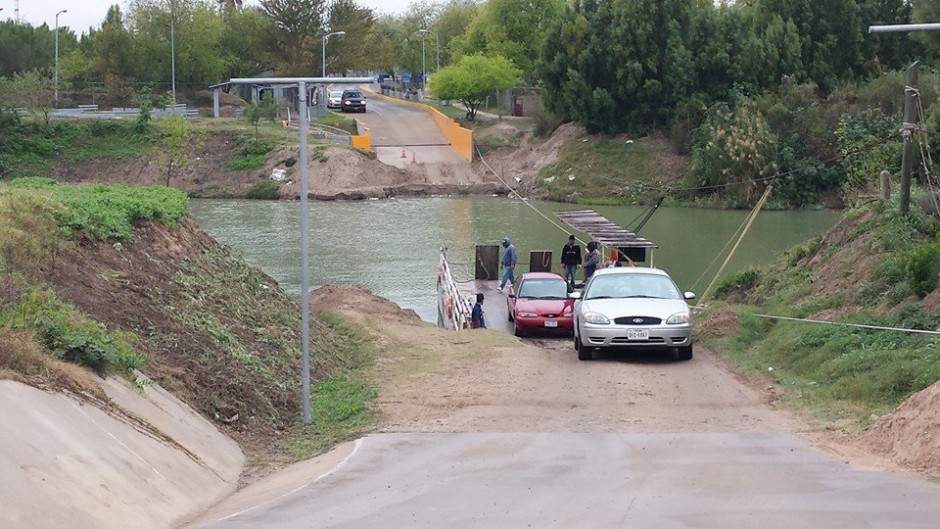
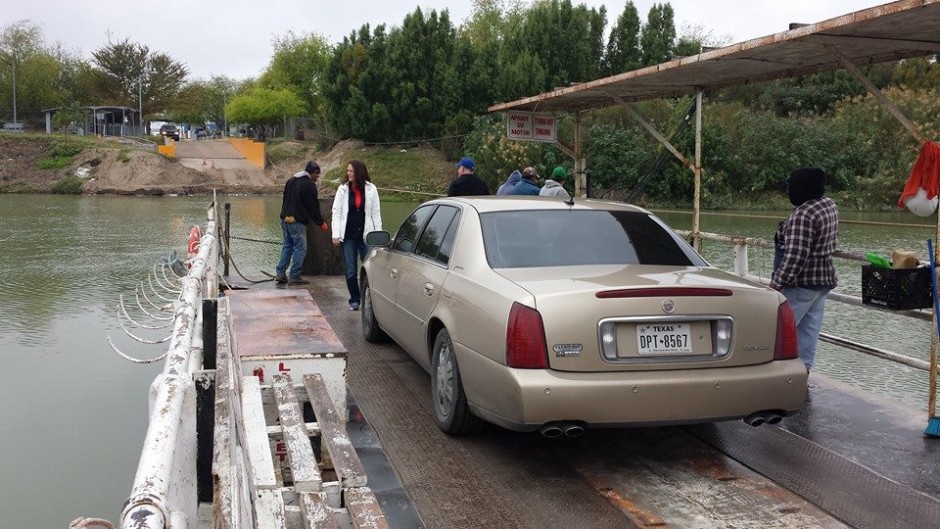
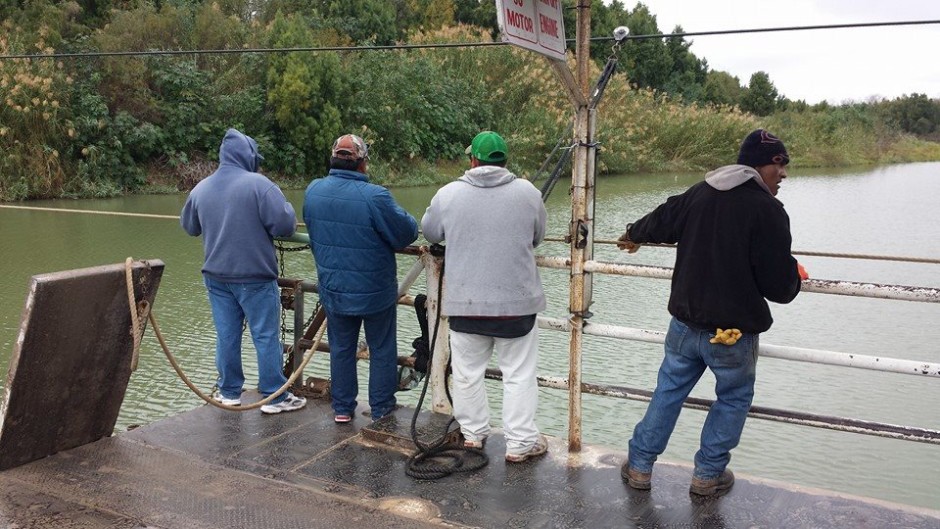
According to the Texas Department of Transportation, the Los Ebanos Ferry is the only remaining hand-pulled ferry on the Texas-Mexico border.
The Los Ebanos Ferry is a popular tourist attraction since it is the only remaining hand-pulled ferry on the U.S.-Mexico border. It can accommodate only three cars and 12 pedestrians at one time.
The crossing is also known locally as Los Ebanos-San Miguel Camargo, Ferry Gustavo Díaz Ordaz and Ferry Díaz Ordaz-Los Ebanos.
Although the crossing has been in operation since the 1950s, the current ferry has been operating since 1979. It was recognized with a state historical marker in 1975.
And here’s a photo of a Sabine River ferry taken in 1916.
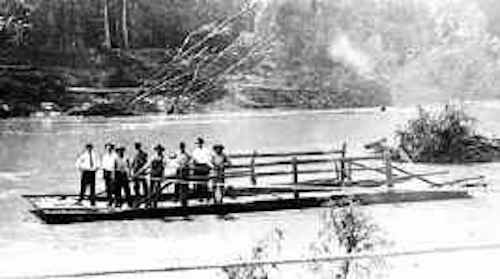
Here’s a random video that shows how the Los Ebanos Ferry works.
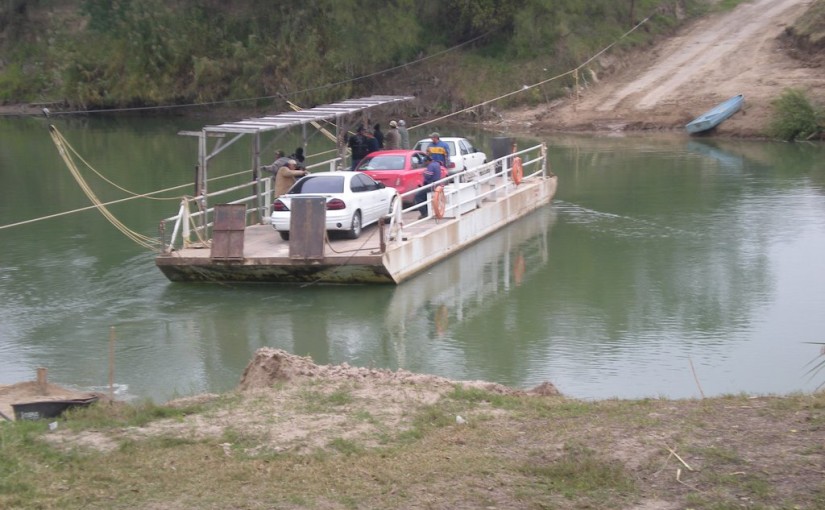
6,470 responses to “Hand-pulled ferries across the Sabine and Rio Grande”
As a substitute of beating your self up over a relapse, method it with kindness and understanding.
It met the design objective of a 450-pound weight restrict in part because of its use of Ford’s pioneering “thin-wall” casting course of.
Financial services, including retirement planning, estate planning, investment management, and annuities have been available for more than 35 years.
By looking back to every past year or decades, we see innovations in many products or services to the markets.
????????? ?? ????? ???????.|Ahoj, v??ím, že je to vynikající blog. Narazil jsem na n?j;